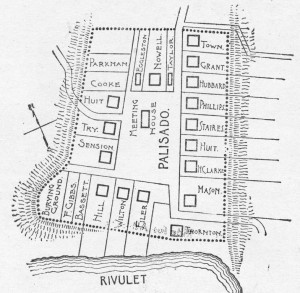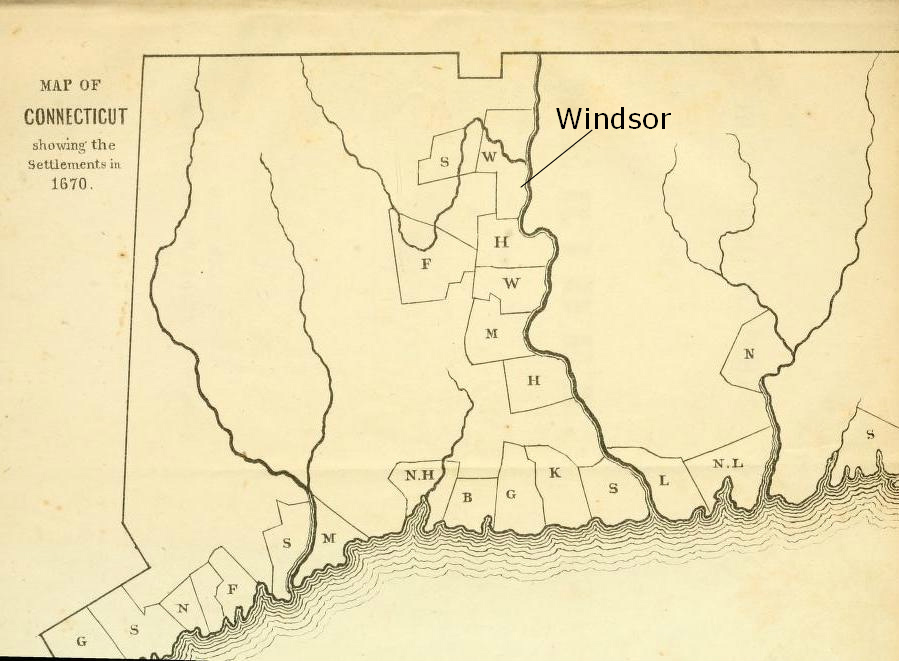In 1633, Windsor became Connecticut’s first English settlement. This was due to its desirable location at the juncture of the Farmington and Connecticut Rivers, its rich and fertile soil, and, perhaps most importantly, to a 17th-century war between Native peoples of the region made complicated by new European interests in the fur trade.
The Lure of Trade and Land
In 1631, a war between the River Indians of the Connecticut Valley and the Pequot of the Thames Valley sent the River Indian sachem, Wahginnacut, to the Massachusetts Bay colony to elicit support from English settlers. Hoping to strike an alliance for his tribe—and secure trade relations independent of Pequot and Dutch control—he appealed to Governor Winthrop to visit the Connecticut Valley and see the fertile soil and abundant wildlife it had to offer. Although Winthrop expressed little initial interest, Governor Winslow of the nearby Plymouth colony proved more willing to see the lands for himself.
Winslow followed Wahginnacut back to the Connecticut Valley and, having witnessed its hospitable living conditions, decided in 1633 to have a settlement constructed in the area. With the Dutch already nearby (settled in the location of modern-day Hartford), Plymouth leaders decided to erect a trading house in the Connecticut Valley to take advantage of the lucrative local fur trade. Leaders put Lieutenant William Holmes in charge of the expedition.
Foundation for the Colony of Connecticut
To get to the desired location, Holmes and his party sailed up the Connecticut River, past the recently discovered Dutch settlement. The English arrived just south of the Connecticut and Farmington River juncture and there established their trading post. By 1635, English settlement expanded to plantations at Dorchester (later renamed Windsor), Newtowne (renamed Hartford), and Watertowne (renamed Wethersfield). In April of 1636, representatives from the three settlements formed an alliance that became the foundation for the Colony of Connecticut.

Plan of the Palisado, the original layout of the town of Windsor – Windsor Historical Society
Despite the challenges of claiming the area, which involved surviving bouts of small pox and troubled, even combative, relations with local Native Americans, the Windsor settlement began to thrive. By 1689, residents began building the first meeting house in the area (giving the Windsor settlement a new sense of permanence) and mills for processing local agriculture.
The original Windsor settlement contained not only the town of Windsor but also what eventually became the towns of Enfield, Suffield, Simsbury, Coventry, Tolland, Litchfield, Bolton, and others. Today, Windsor takes great pride in being Connecticut’s first English settlement and is the home of the First Town Downtown movement, formed to preserve and protect Windsor’s unique role in history and promote its reputation as a premier New England town center.








